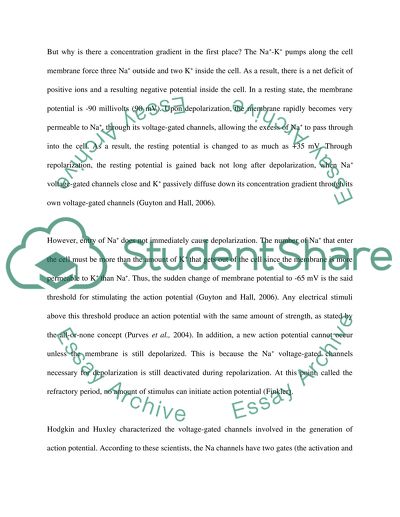Cite this document
(“Computer Simulation of Action Potentials in Squid Axon Assignment”, n.d.)
Retrieved from https://studentshare.org/biology/1440591-computer-simulation-of-action-potentials-in-squid
Retrieved from https://studentshare.org/biology/1440591-computer-simulation-of-action-potentials-in-squid
(Computer Simulation of Action Potentials in Squid Axon Assignment)
https://studentshare.org/biology/1440591-computer-simulation-of-action-potentials-in-squid.
https://studentshare.org/biology/1440591-computer-simulation-of-action-potentials-in-squid.
“Computer Simulation of Action Potentials in Squid Axon Assignment”, n.d. https://studentshare.org/biology/1440591-computer-simulation-of-action-potentials-in-squid.


